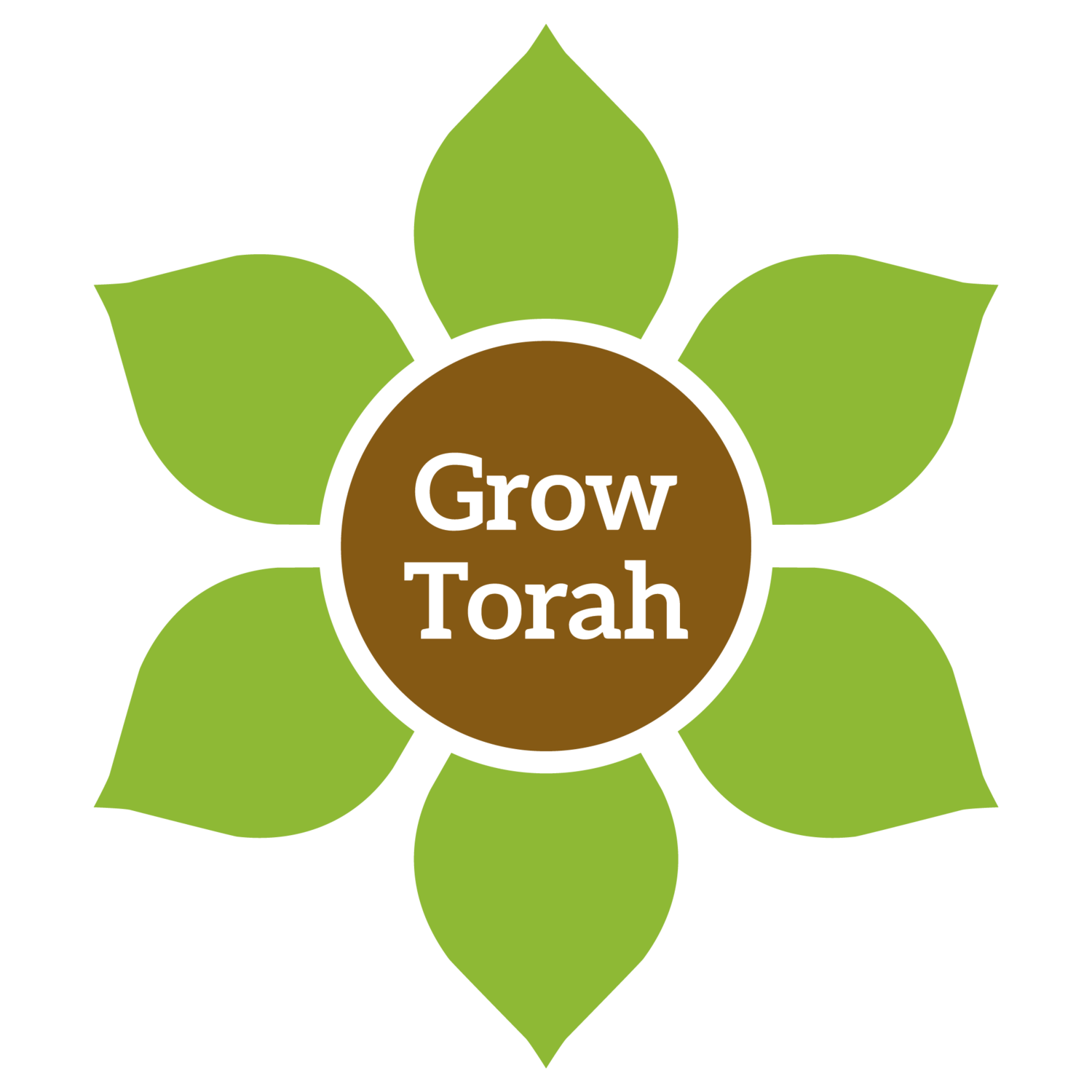Fig - תְאֵנָה
Agricultural Information:
Family: Moraceae
Scientific name: Ficus carica
“He who tends a fig tree will eat its fruit” (Prov. 27:18). Since figs do not ripen uniformly but rather over an extended period and in several phases, ripe fruits must be harvested daily. Fruits that are not harvested in time fall from the tree and become inedible. The first wave of ripening is called bikkurim (first fruits), the second is kayitz (summer), and the third is sayfot or stavoniot (late harvest).
The fig fruit is called a paggah (פַּגָּה), a hollow, pear-shaped structure containing hundreds of tiny flowers. At the top of the fruit, there is a small opening (ostiole) covered with tough scales, through which pollination occurs. The pollination is carried out by a tiny specialized wasp, 2-3 mm long, called the fig wasp (Blastophaga), which also lays its eggs inside the fig, where larvae later develop. However, some fig varieties can produce fruit without pollination, a trait known as parthenocarpy. A parthenocarpic fig tree is female and does not require the pollinating wasp for fruit development. The fruits of such trees ripen independently and are usually larvae-free.
Fig sap (latex) contains an enzyme called ficin, which causes milk protein to coagulate and is used in cheese-making. Historically, fig wood was also used as firewood for heating and cooking.
Historical Information:
The fig likely originates from Asia, particularly the mountains of Persia, Iraq, and Turkey.
Figs appear early in the biblical narrative, as Adam and Eve used fig leaves to cover themselves. The Israelite spies carried figs back from Canaan as proof of the land’s fertility, and figs are one of the seven species with which the Land of Israel is blessed. There are numerous references to figs in Jewish texts.
The Mishnah discusses various stages of fig ripening, the maturation process known as hazracḥah, and the names of different harvest seasons (bikkurim, kayitz, and sayfot). Additionally, the Sages emphasized the fig’s significance in various contexts. For example, the guideline for plowing before the shemitah year was based on the fig tree’s fruit production. Another mention along these lines (Mishnah, Shevi’it 7:3): “All trees are considered barren except for the olive and the fig.”
Halachic Information:
Orlah & neta revay (waiting three years for fruit & fourth-year trees): Since it is a tree, one must wait three orlah years before using, eating, or benefiting from its fruit. On the fourth year, a special blessing is recited to transfer the sanctity of the fourth-year fruit to a coin.
Kilei ilan (grafting mixed species): Figs are not usually grafted onto other species, so issues of kilayim do not typically arise.
Terumot & ma’aserot (offerings and tithes): A fallen fig is considered ownerless (hefker) because “a fig, once it falls, becomes repulsive.”
Bikkurim (first fruits): Figs may be included in the bikkurim offering.
Shehechiyanu (blessing for new fruit): Figs are seasonal fruits, grown in the Arava and Jordan valley to extend sales time. They are unavailable during winter, so afterwards shehechiyanu should be said the first time a fig is eaten.
Infestation: Fig pollination involves the fig wasp, which may remain inside the fruit after fertilization. However, the wasp disintegrates and is nullified.
Yet, the larvae that hatch from the wasp’s eggs are forbidden. Furthermore, various pests can infest figs during growth, ripening, and processing (especially drying).
Due to the fig’s structure—containing hundreds of narrow, elongated flowers—it is challenging to differentiate between larvae and the fruit’s natural components. Therefore, both fresh and dried figs must be thoroughly inspected before consumption.
Information about plants as they relate to torah and mitzvot has been generously provided by Mercaz Torah VeHa’aretz Institute.


